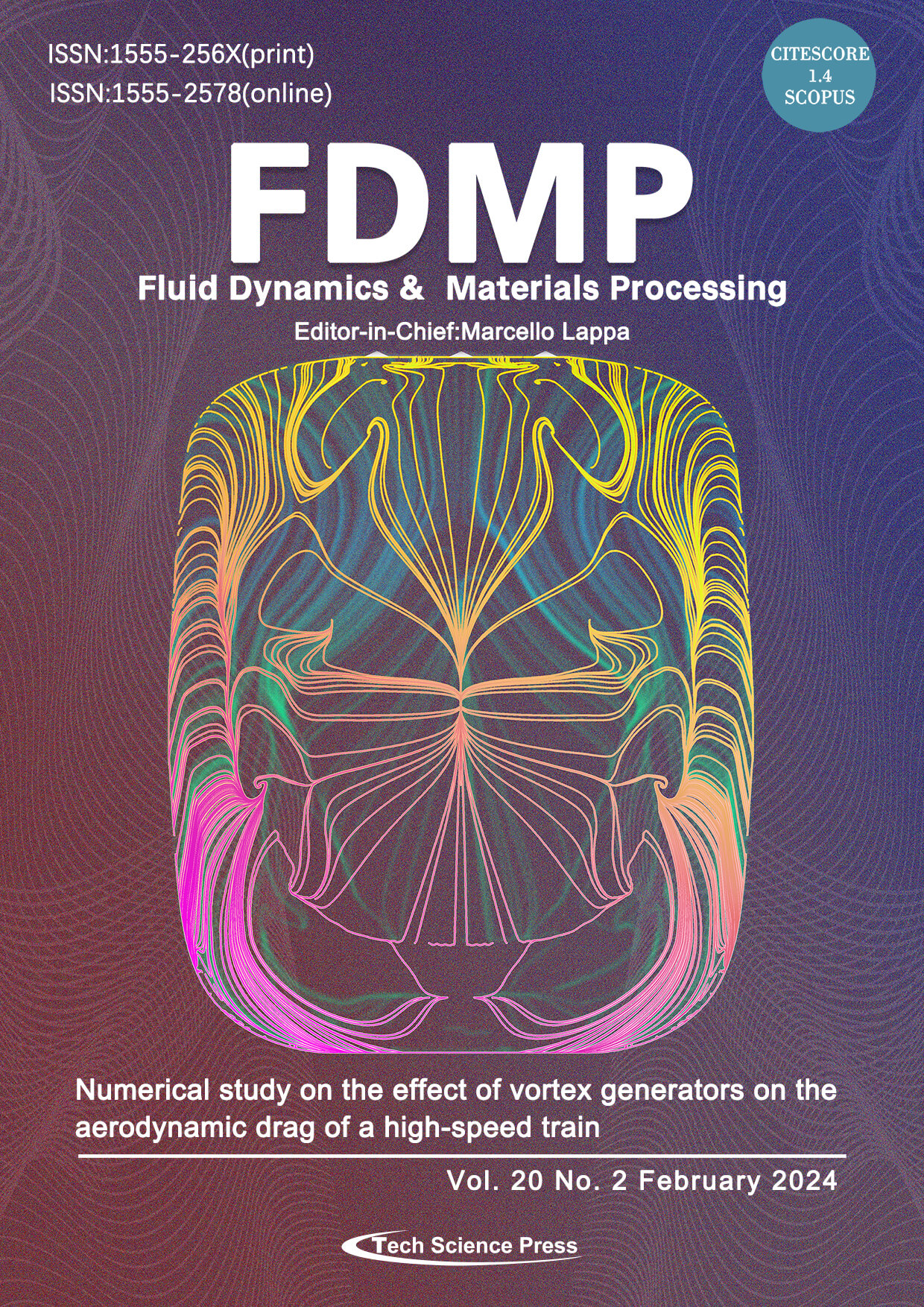The Conversion of Non-Dispersed Polymers into Low-Potassium Anti-Collapse Drilling Fluids
Hao Hu1,2,3, Jian Guan4, Shanfa Tang1,2,3,*, Jialuo Rong1,2,3, Yuanpeng Cheng1,2,3
FDMP-Fluid Dynamics & Materials Processing, Vol.20, No.2, pp. 325-335, 2024, DOI:10.32604/fdmp.2023.042055
- 14 December 2023
Abstract Different drilling fluid systems are designed according to mineral composition, lithology and wellbore stability of different strata. In the present study, the conversion of a non-dispersed polymer drilling fluid into a low potassium anti-collapsing drilling fluid is investigated. Since the two drilling fluids belong to completely different types, the key to this conversion is represented by new inhibitors, dispersants and water-loss agents by which a non-dispersed drilling fluid can be turned into a dispersed drilling fluid while ensuring wellbore stability and reasonable rheology (carrying sand—inhibiting cuttings dispersion). In particular, the (QYZ-1) inhibitors and (FSJSS-2) dispersants… More >
